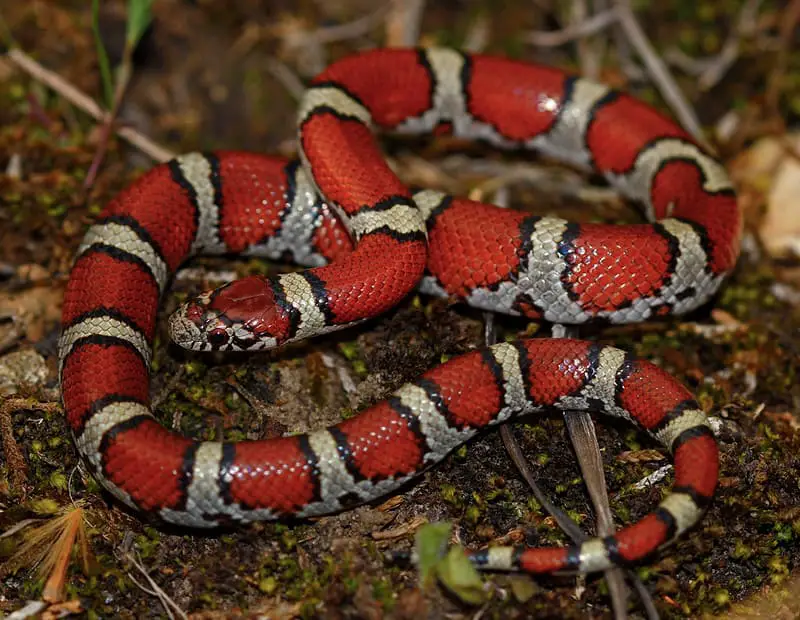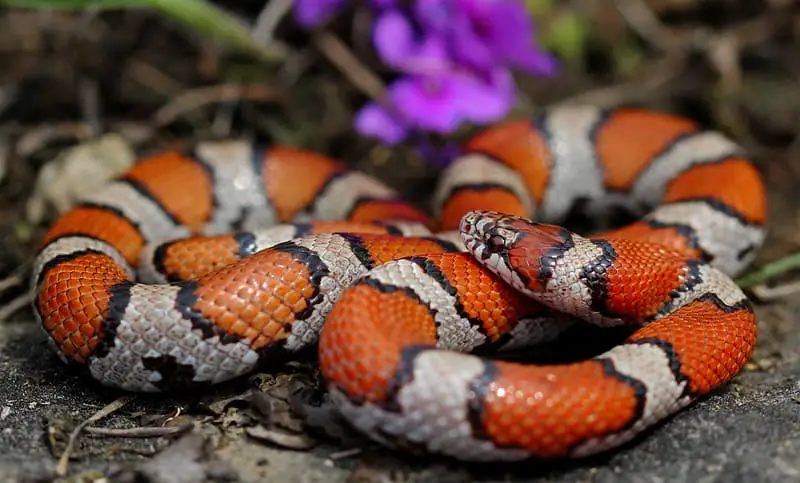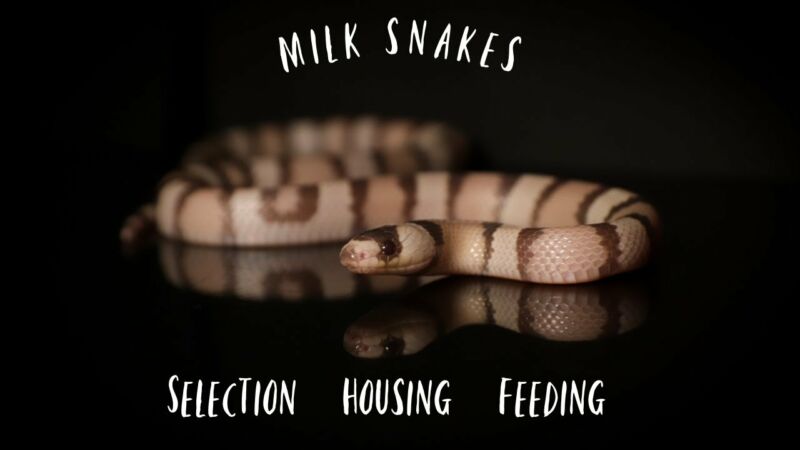What Is the Habitat Of Milk Snakes?
Milk snakes are a fascinating group of non-venomous snakes found throughout the Americas. Renowned for their striking colors and distinctive patterns, milk snakes are a popular choice among reptile enthusiasts. To truly understand and appreciate these beautiful creatures, it’s essential to explore their natural habitat, … Read more


